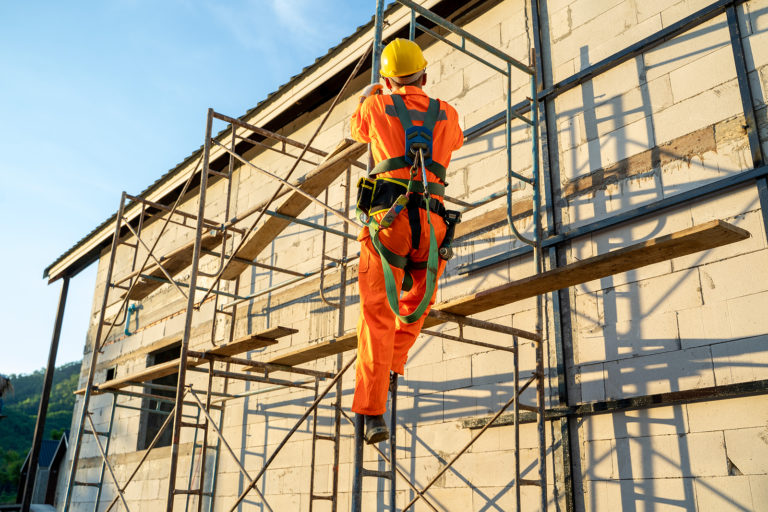Thwarting Workplace Falls – Smart Standard Polices for Construction Project Fall Prevention
The top cause of construction workplace fatalities is falls, even though it is the one of the most preventable types of death. In the construction industry in 2019 there were 1,061 deaths. Annually 1/3rd of the deaths in the construction industry is normally due to falls. Most of those falls were from only six feet high. Plus, more than 12,000 construction workers in 2019 were injured from falls.
The expense businesses incurs when a worker is hurt or is killed is far greater in many more ways overall. In an average year in the United States around $80 billion in medical costs and workers’ compensation is paid out. Additionally, when a worker is hurt more costs are incurred including increase project costs because of insufficient workers and recruiting and training costs to train workers once they are finally hired to replace the worker that was lost. It has been reported that construction job site moral and worker productivity is negatively impacted when a co-worker is hurt or lost due to work related injury, which is another cost. Each of these aspects mean a single accident from event a low height can be incredibly costly. With all of this in mind, preventing accidents on construction worksites is incredibly important.
To deal with the ongoing issue of construction workplace falls, the Occupational Safety & Health Administration (OSHA), the National Institute for Occupational Safety and Health (NIOSH), and the National Occupational Research Agenda (NORA) joined forces to offer both enforcement of ways devised to reduce falls and to offer education. The organizations also are offering multiple flyers that feature fall prevention facts and strategies. The flyers can be found by clicking here – https://www.osha.gov/stopfalls/factsheet.html
This group recommends three measures to thwart construction workplace falls: plan, provide, and train.
Plan to complete the job safely.
One component of planning in advance of any construction project, is making a decision which component of the job will mandate workers complete tasks above ground level from workplace equipment or buildings including roofs, scaffolds, and ladders. During the advance planning for the job, figure out what training and construction safety equipment may be required to maintain worker safety for each of the components of the entire project.
Provide the correct safety equipment.
For workers who do their job from six feet or higher above ground level, fall protection construction equipment and gear like ladders, scaffolds are mandatory. Depending on the job type, various scaffolds and ladders are specific for different types of jobs. Be sure the have the correct equipment on the job site for each type of job before the job starts. Each worker must have a harness for jobs that mandate the use of personal fall arrest systems. Inspect every piece of construction equipment to check that is in good working order before starting the job each day.
Train all construction personal how to use the equipment the right way, safely.
Providing the correct construction safety equipment will not prevent workplace accidents if it is not used the right way. Make certain all pertinent construction project workers know how to safely setup and use all the equipment related to their job including personal fall arrest systems, ladders, scaffolds, and any other relevant job equipment. Additionally. there are workplace fall hazard courses construction workers can take to assist the company and its employees in the mission to prevent falls on the job.

